Statistics Assignment: Hypothesis Testing, Regression Analysis, ANOVA
VerifiedAdded on 2021/06/18
|10
|1143
|162
Homework Assignment
AI Summary
This statistics assignment solution addresses several key statistical concepts. It begins with an analysis of a frequency table and histogram, discussing the shape of the graph and its impact on the choice of central tendency measures, specifically arguing for the use of the median due to the presence of outliers. The solution then proceeds to an ANOVA analysis, including hypothesis testing, and interpretation of the results. Further, the assignment delves into regression analysis, calculating and interpreting the coefficient of determination (R-squared) and correlation coefficient, and discussing the implications of these values. The solution also covers the degree of freedom in hypothesis testing using ANOVA and interpreting the F-statistic and p-value. The final part of the assignment explores multiple linear regression, including the development of a regression equation, and the interpretation of slope coefficients, with specific reference to advertising's impact on sales. The assignment provides detailed calculations, interpretations, and financial conclusions for each question, referencing relevant statistical literature.
1 out of 10
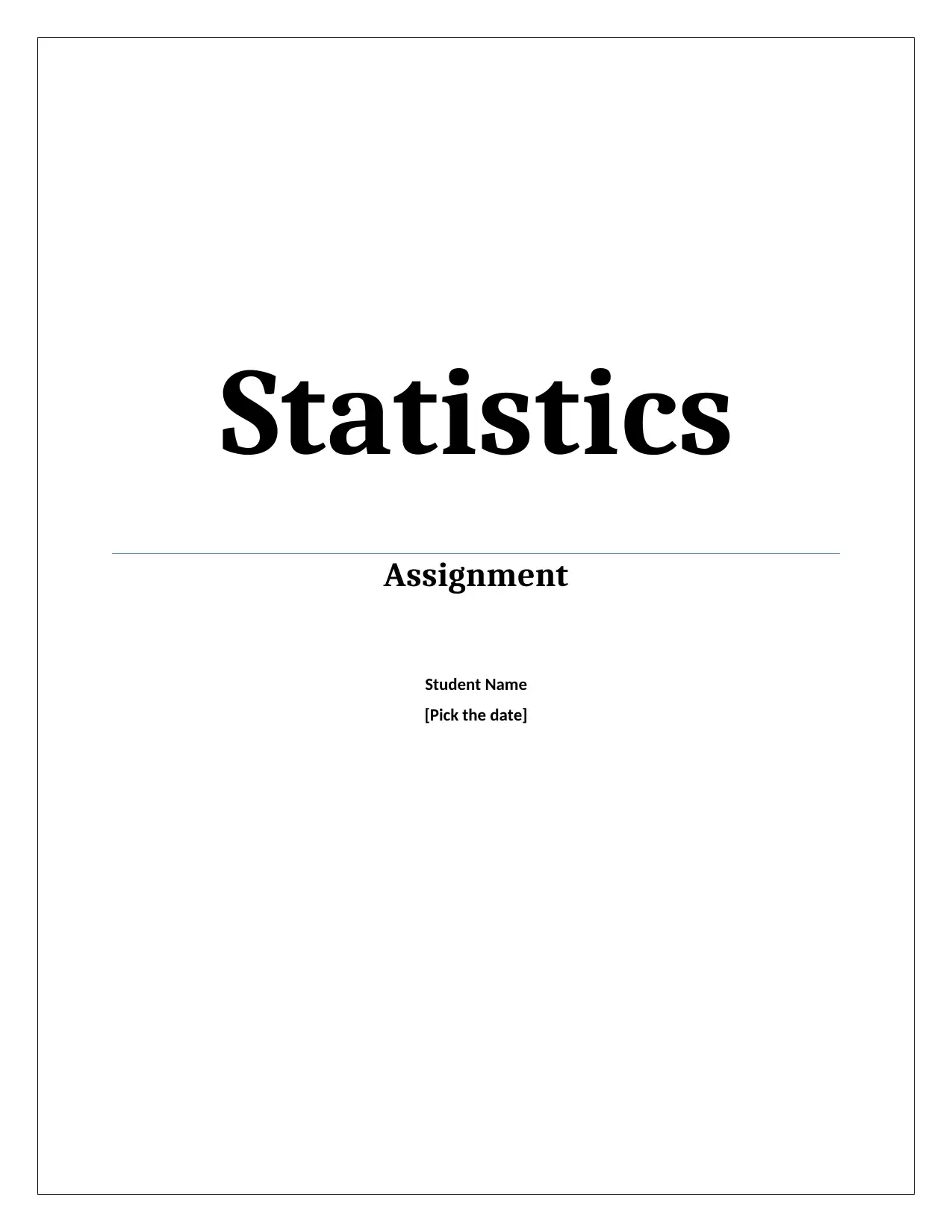
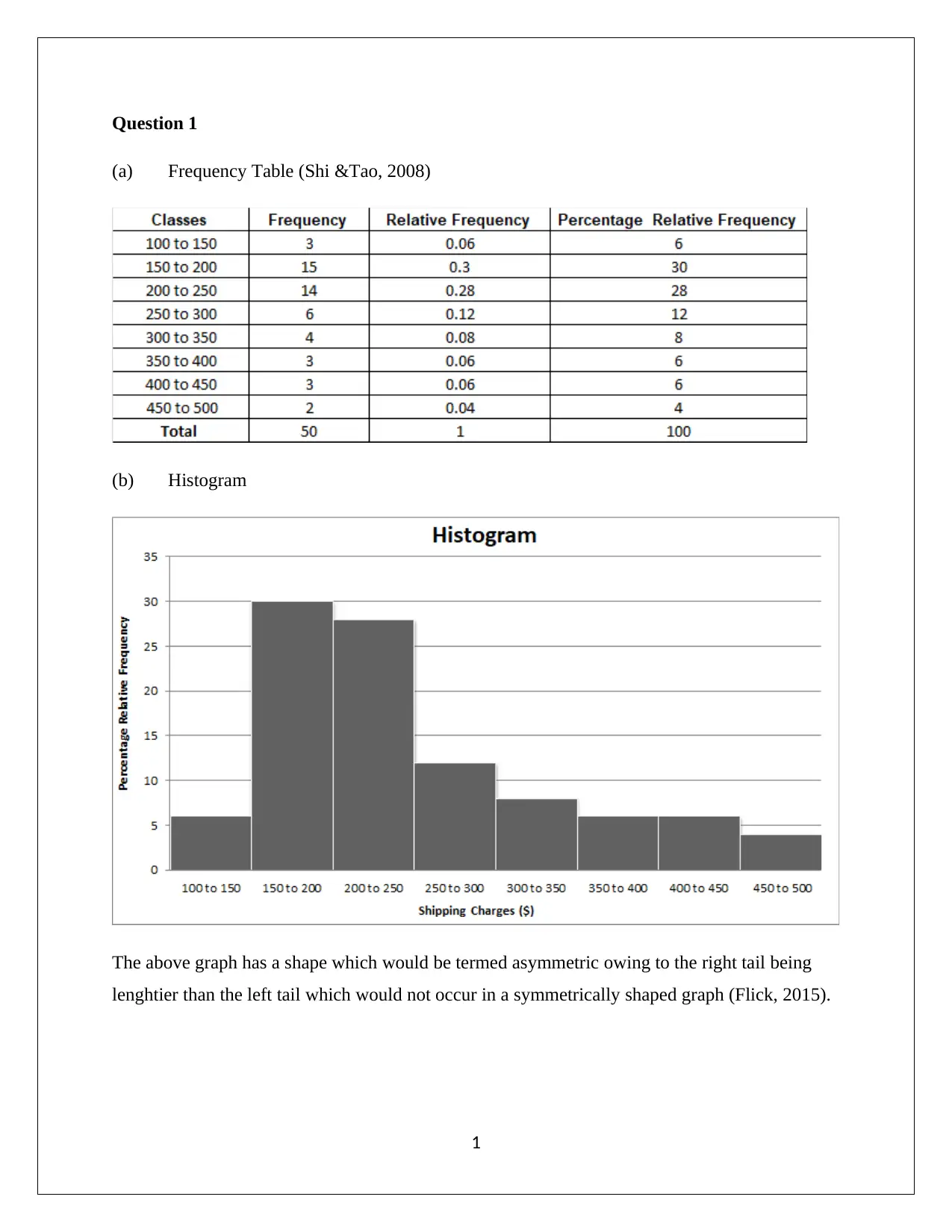
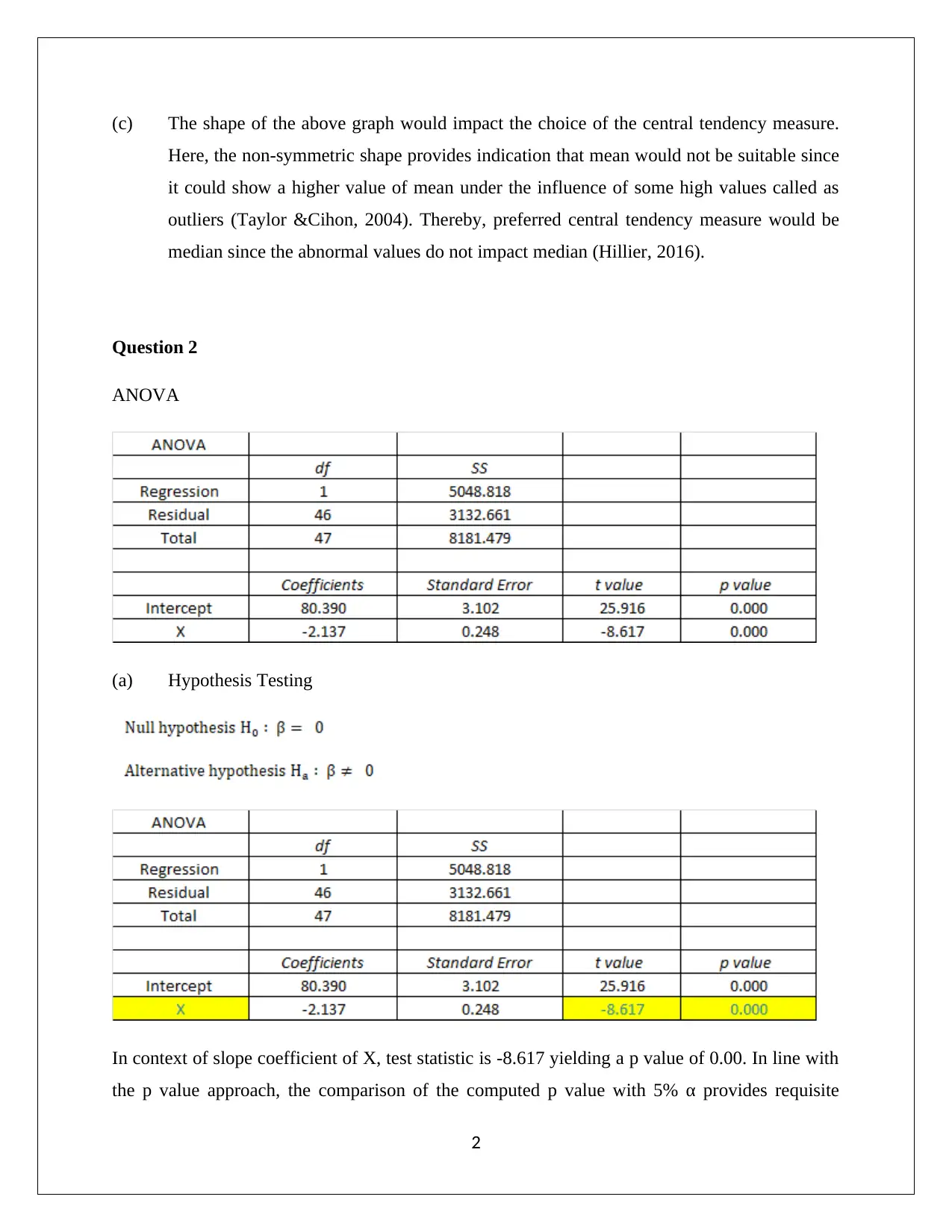

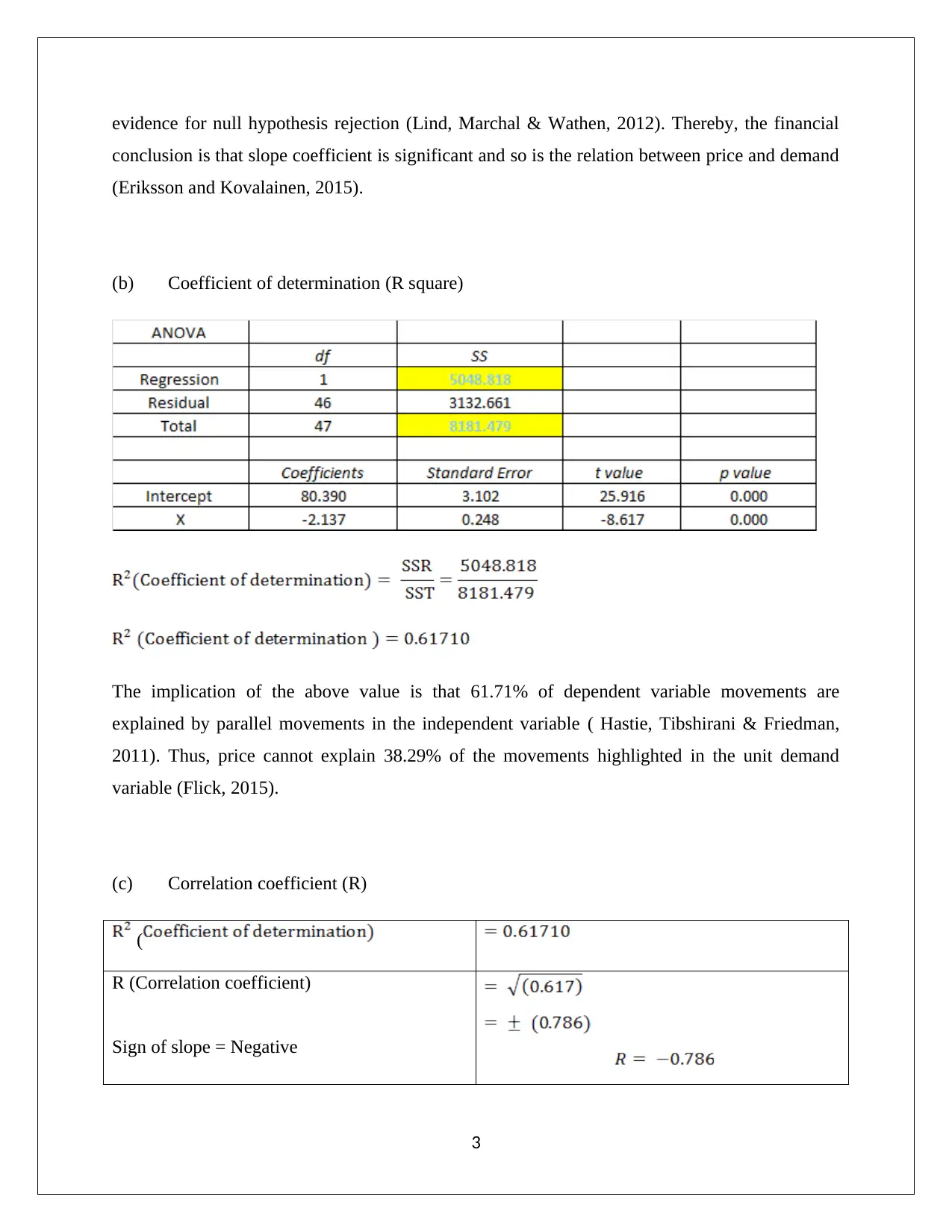
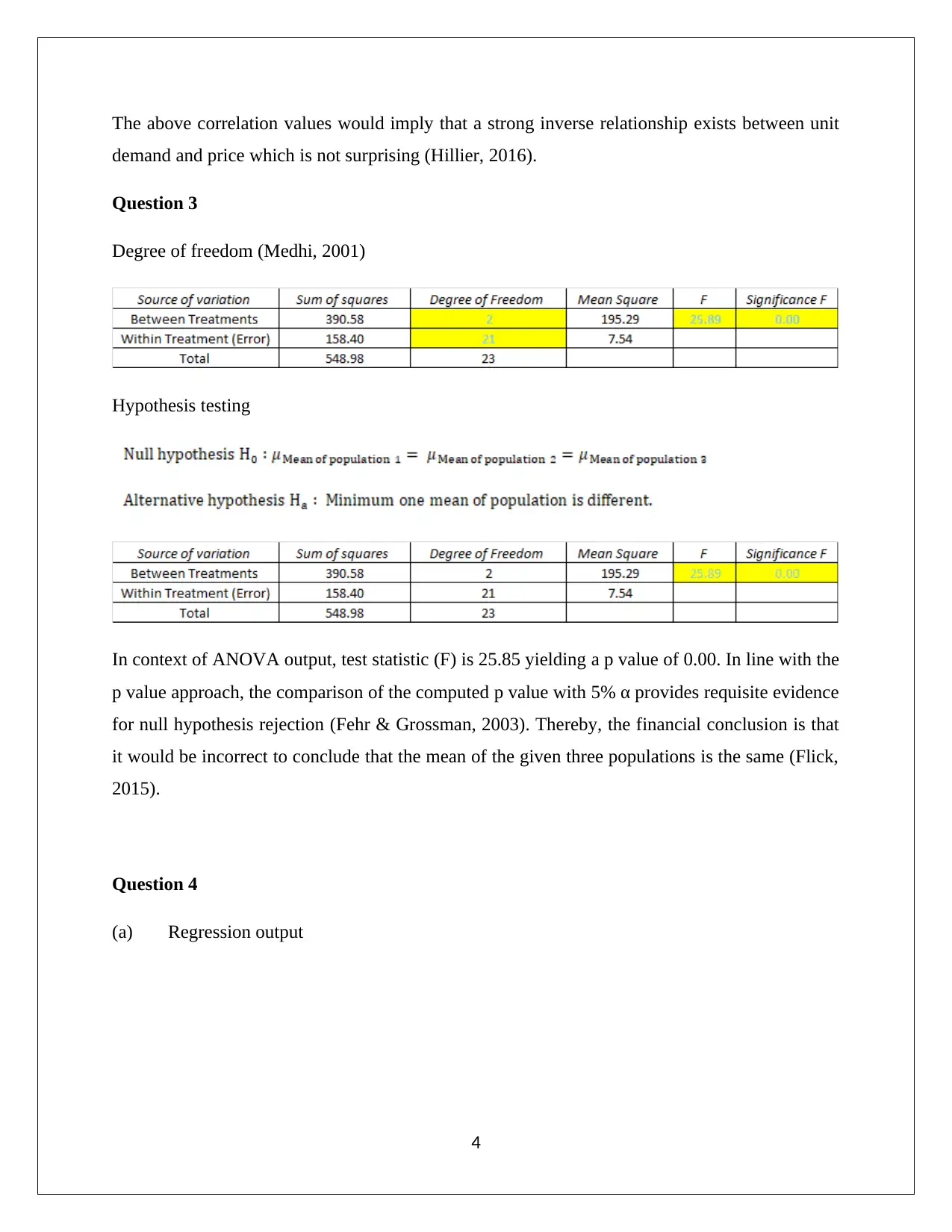
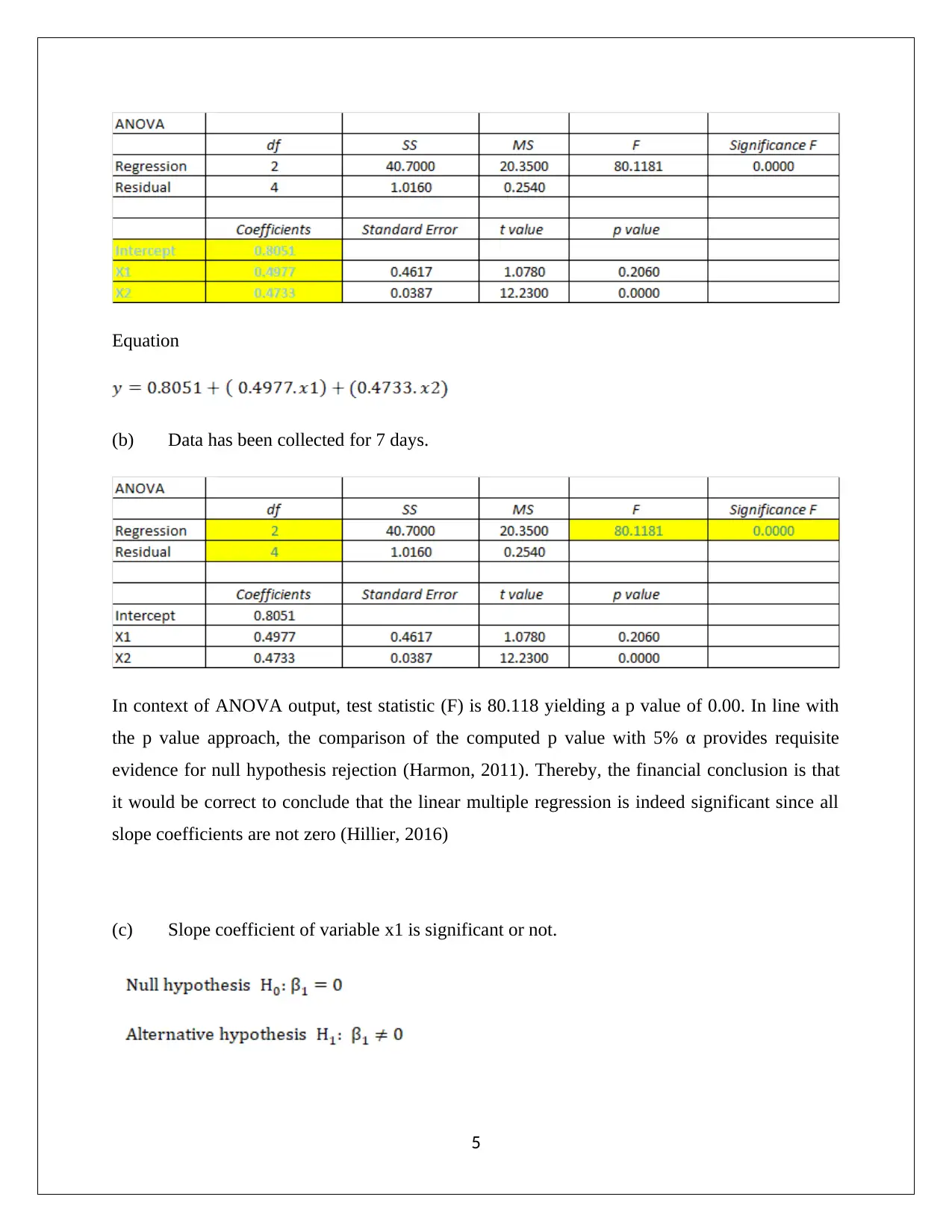
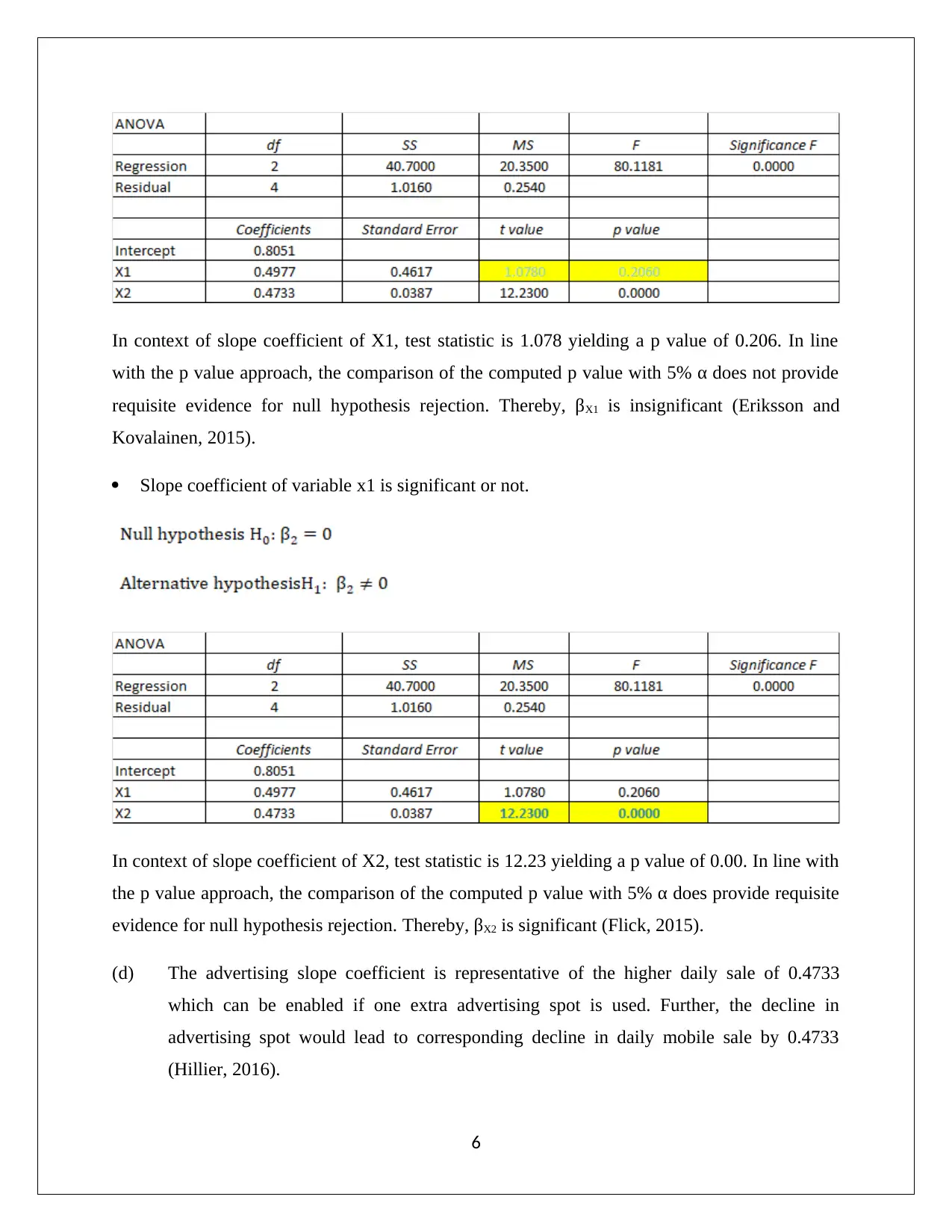
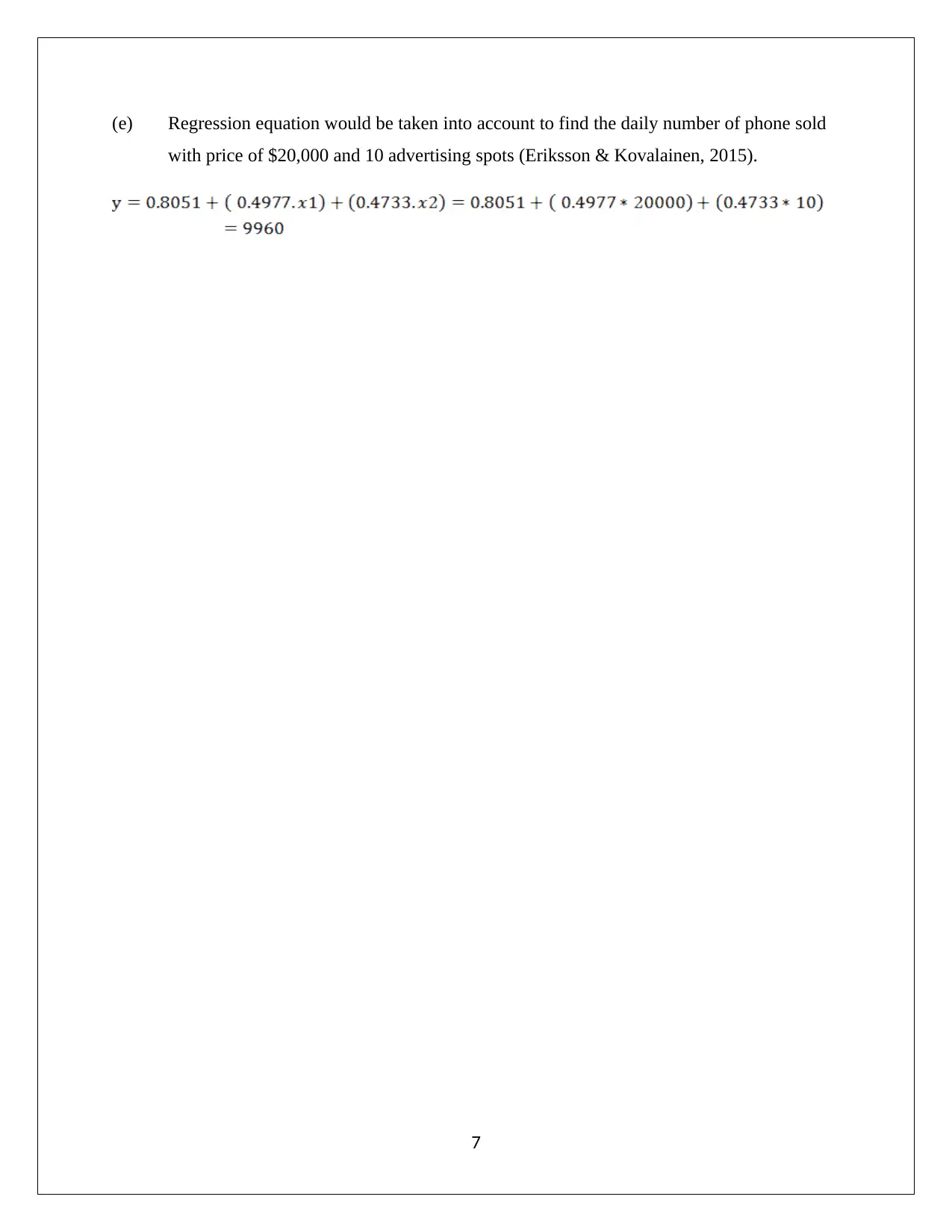
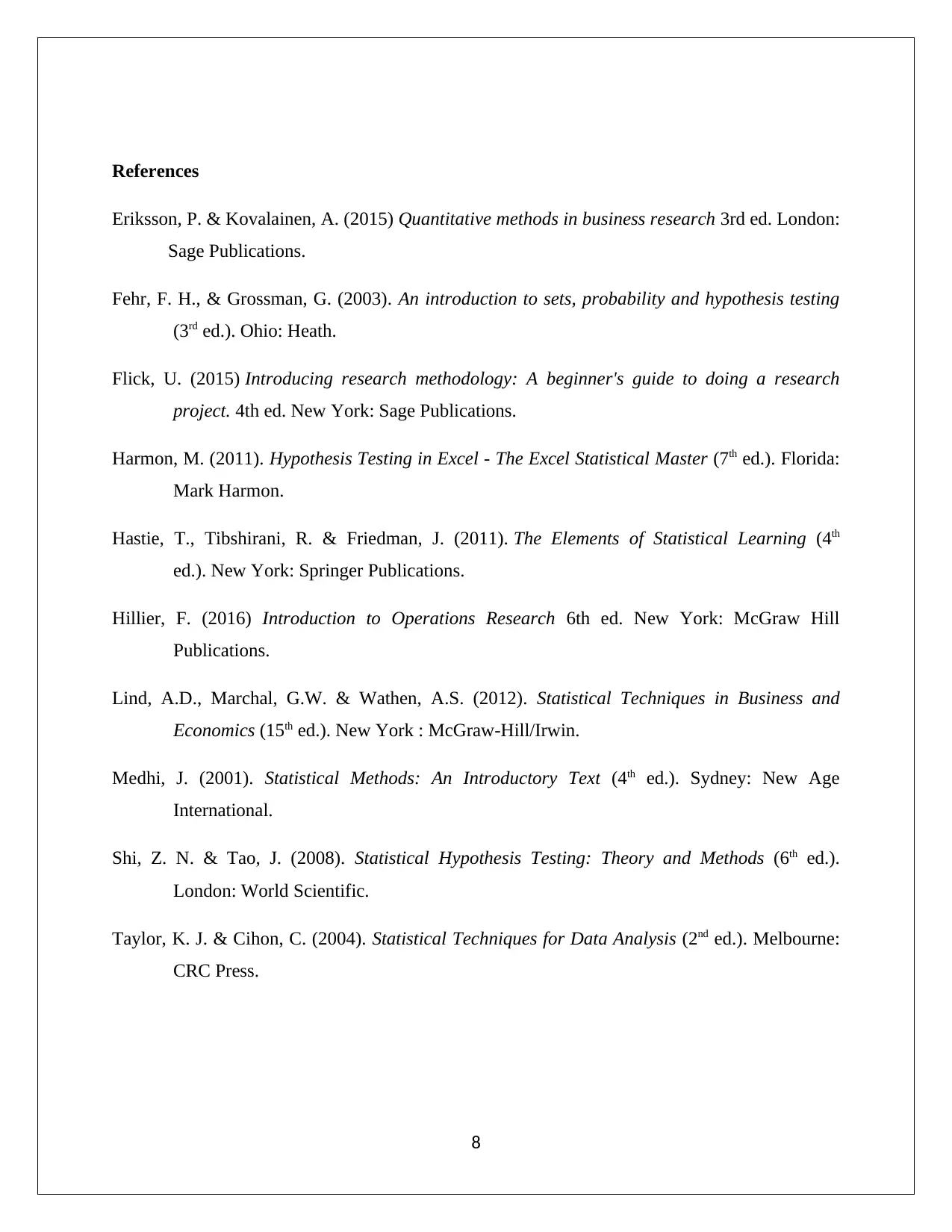






![[object Object]](/_next/static/media/star-bottom.7253800d.svg)